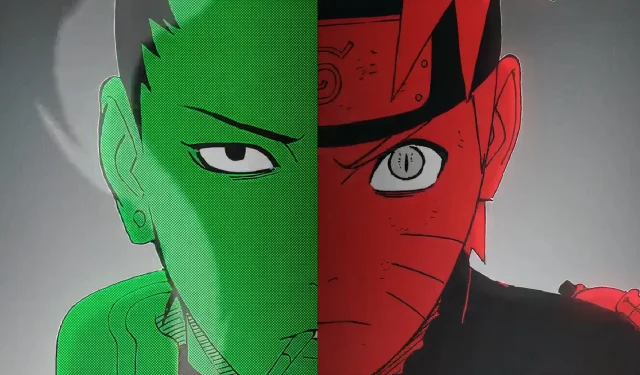In the richly woven tapestry of the Naruto and Boruto universe, the selection of a Hokage—the leader of a hidden ninja village—is a formidable challenge. This complexity has become even more pronounced in Boruto: Two Blue Vortex, where the leadership mantle has unexpectedly shifted to Shikamaru Nara following Naruto’s presumed death. The criteria for selecting a Hokage encompass martial prowess, exemplary leadership skills, strategic acumen, and a deep sense of empathy for the villagers—all traits needed in a time of crisis.
After the tumultuous Fourth Great Shinobi War, Naruto’s unique combination of skills, leadership charisma, and dedication earned him the unanimous support of the village elders and daimyo, making him the natural choice for Hokage. His achievements and relentless spirit were unparalleled, even overshadowing that of his classmate, Shikamaru. However, the evolving narrative in Boruto hints that Shikamaru, though perhaps less celebrated than Naruto, is emerging as a more effective leader under the current turbulent circumstances.
Shikamaru: The Ideal Hokage for Konoha’s Crisis
Navigating the Dark Times: Pragmatism in Leadership
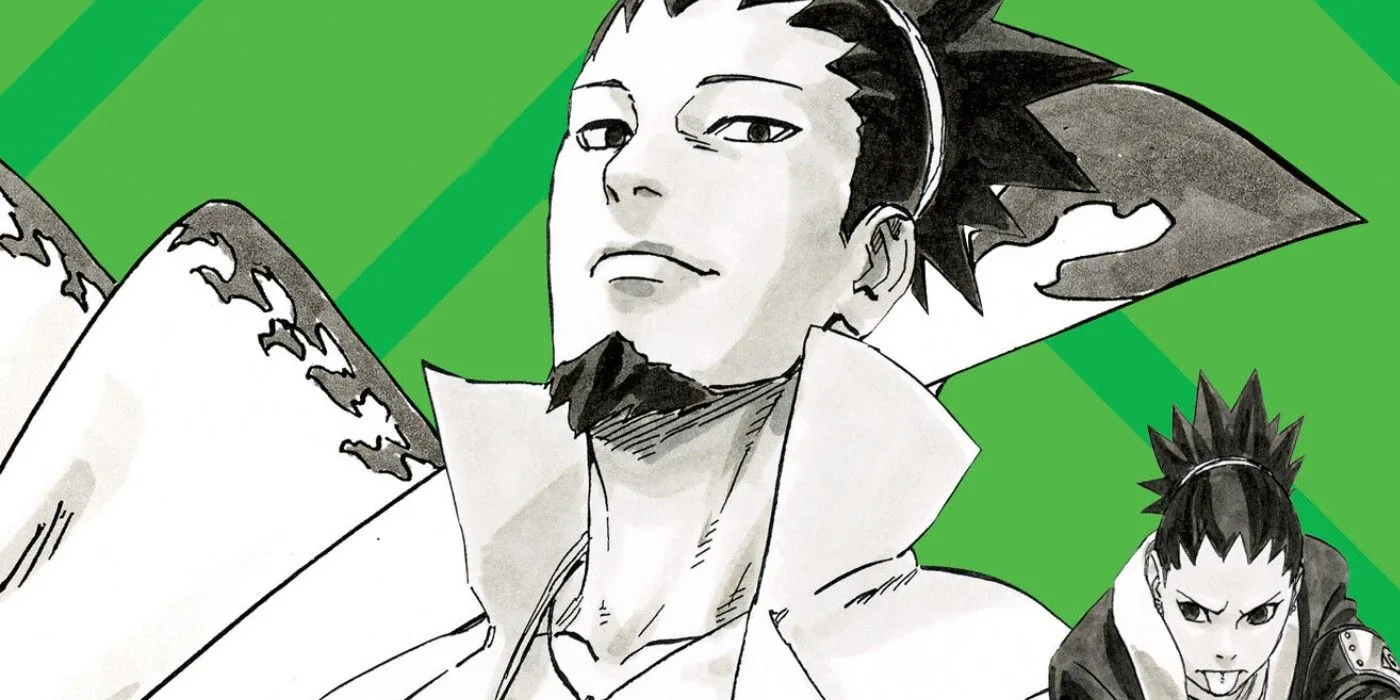

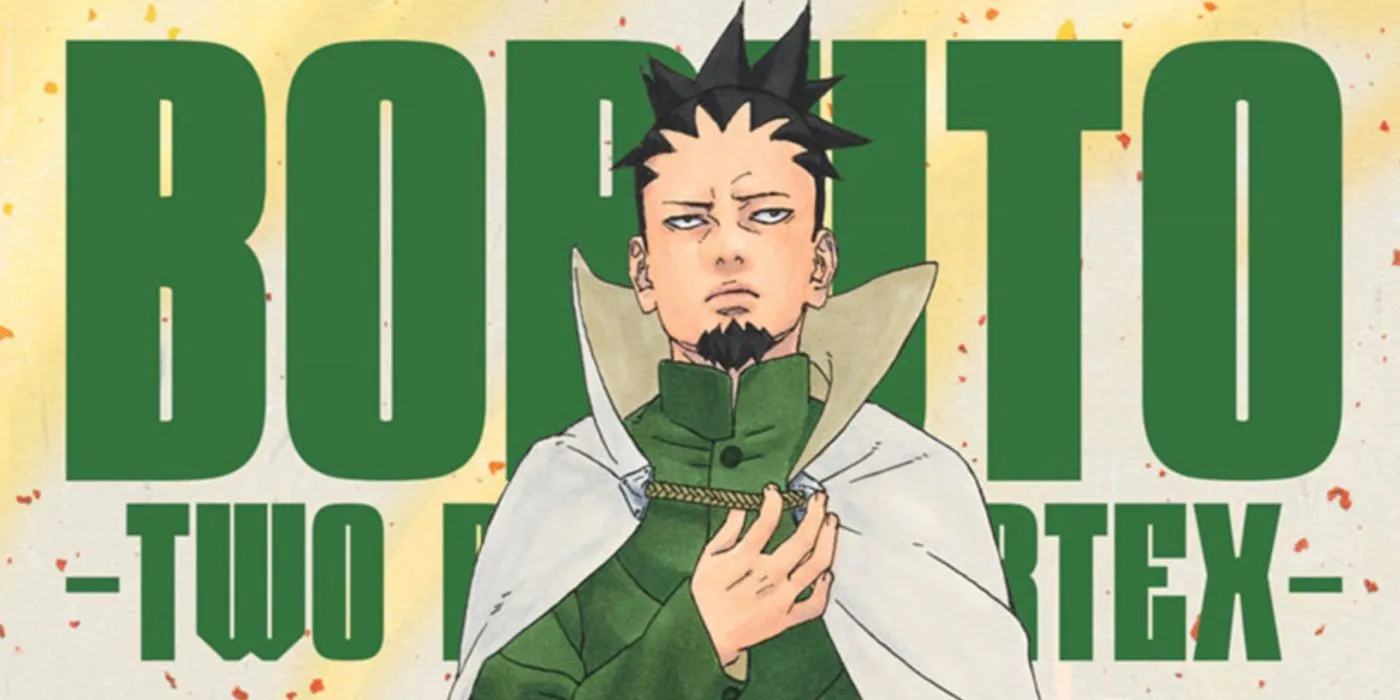
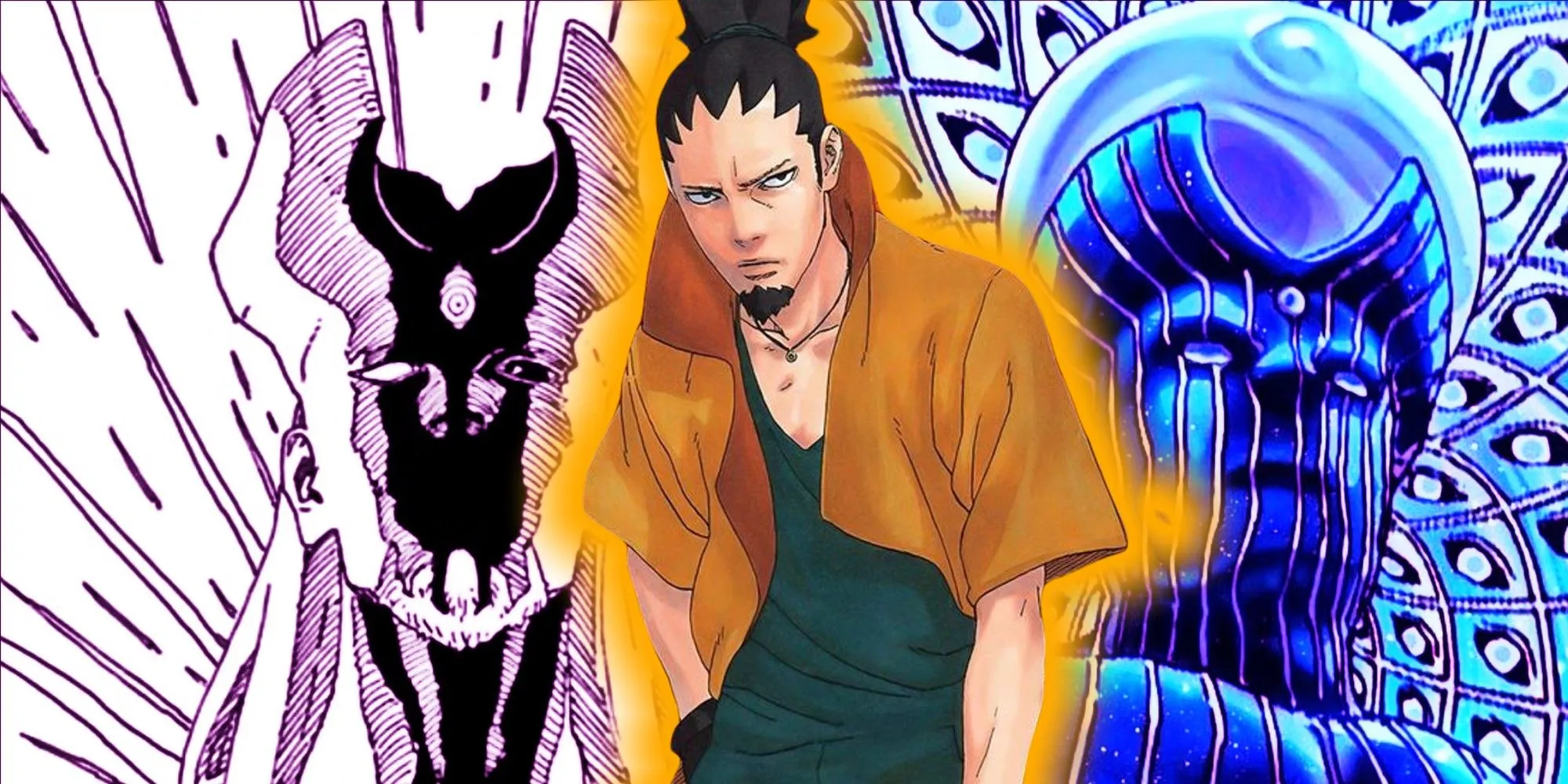
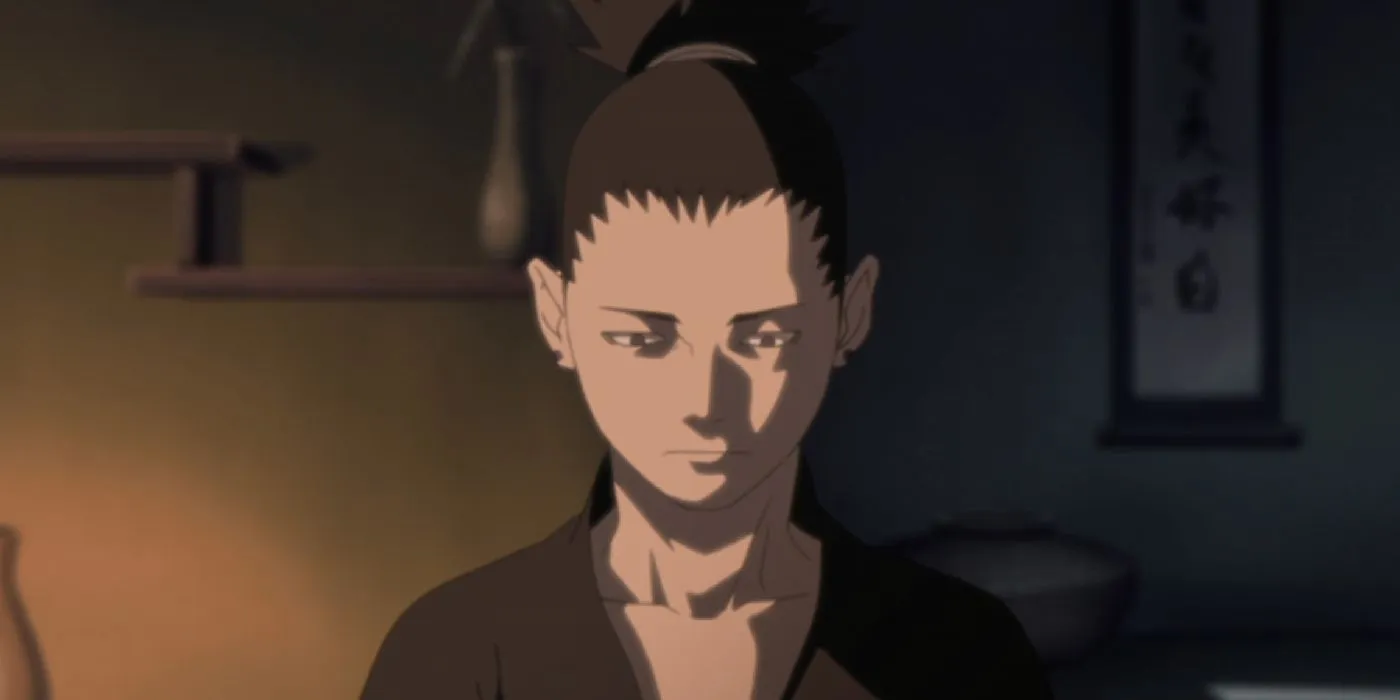
In Chapter #17 of Boruto: Two Blue Vortex, Shikamaru reveals a crucial quality that distinguishes him from Naruto—his ruthless pragmatism. His approach is characterized by an unwavering focus on achieving tangible results, often sidestepping emotional entanglements or traditional ethical considerations. A prime example of this is his readiness to eliminate threats posed by the Divine Trees, showcasing an assertive decision-making style that draws on outcomes rather than sentiment.
For instance, Shikamaru’s chilling directive to Konohamaru involved manipulating Moegi’s feelings for him, only to then eliminate her when she was vulnerable. This stark command may surprise many fans, especially considering Shikamaru’s initially laid-back and reluctant persona. His ability to strategize effectively has always defined him, as demonstrated in his earlier victories against formidable opponents like Hidan and Kakuzu, setting the groundwork for his current, more calculating leadership style.
While Shikamaru’s cold rationality may not suit every scenario, it presents a compelling case for why he was chosen as the new Hokage in a drastically altered landscape following Naruto’s disappearance. In a shinobi world where violence and cruelty intertwine with survival, the necessity of difficult decisions becomes paramount. Particularly in wartime, citizens may find themselves inclined to momentarily abandon their principles if it secures their safety and prosperity.
Naruto: A Heart of Gold in a Dark World

In contrast to Shikamaru’s approach, Naruto’s philosophy is rooted in idealism, a perspective that may not align with the harsh realities posed by threats like the Divine Trees. Naruto’s character has always been anchored in a vision of an ideal world, often at the expense of recognizing the full strength of his enemies. His commitment to saving Sasuke, for example, illustrates how his goodwill sometimes blinded him to immediate dangers, leading to questionable strategic choices.
Although some may regard Naruto’s idealism as naïve, others praise it as heartfelt determination. However, for someone in the role of Hokage, it is imperative to prioritize the well-being of the villagers rather than personal ideals. While Naruto’s approach has notably contributed to mending fractures within the village, the Dangers of Jura and the Divine Trees necessitate a different response—one closer to survival instinct.
Hence, while Shikamaru’s unapologetic realism may seem jarring, it might represent the only viable strategy for safeguarding Konoha—and potentially the entire world. Future installments of Boruto: Two Blue Vortex will likely further explore whether this darker leadership style proves to be the most effective resolution.
